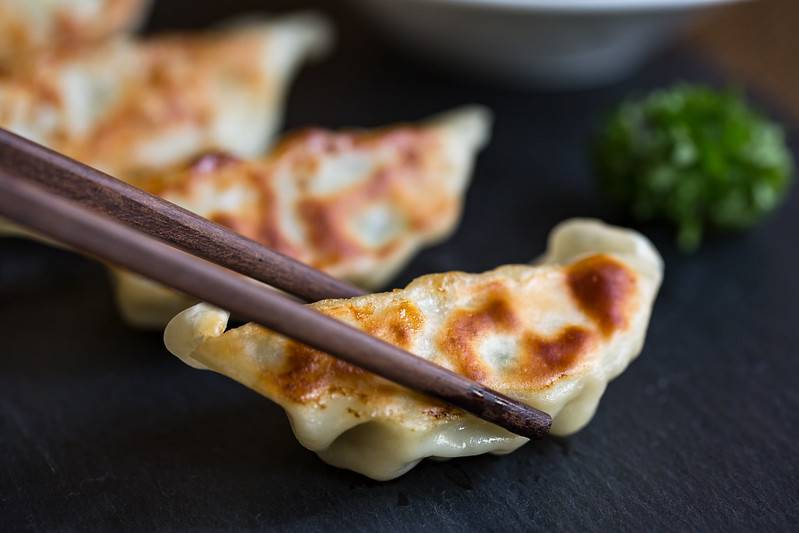
Utsunomiya, Gyoza, and the “Venus of Gyoza”
Gyoza, a popular Japanese staple, are dumplings filled with ground meat and vegetables, wrapped in a thin dough. The types of gyoza are sui gyoza (boiled), yaki gyoza (pan-fried), and age gyoza (deep-fried).
The birth of gyoza
The Japanese word gyoza (餃子, gyōza) is said to have originated from the reading of 餃子in the Jilu Mandarin or “Northern Mandarin”, (a dialect of Mandarin Chinese spoken in the Chinese provinces of Hebei (Jì) and the western part of Shandong (Lǔ)), for the Chinese word giǎoze. Gyoza is also written using the same Chinese characters which indicates that the word did not originate in Japan.
The origins of gyoza can be traced to the Chinese dumpling jiaozi. It was said to have been invented by Zhang Zhonging, an expert in traditional Chinese medicine. Jiaozi is shaped like a horn, hence its name “jiao” which means “horn” in Chinese.
The main difference between Japanese gyoza and Chinese jiaozi is the richness in flavor. The gyoza has a prominent garlic taste and its wrapper is thinner as most Japanese restaurants use machine-made wrappers while the Chinese dumplings are made with handmade wrappers.
Utsunomiya, the “gyoza capital” of Japan
Utsunomiya in Tochigi Prefecture and Hamamatsu in Shizuoka Prefecture are popular for gyoza. Both cities compete for the top spot in having the most gyoza consumption each year. The difference of Hamamatsu gyoza is the addition of bean sprouts on top of the dumplings. Both the cities of Utsunomiya and Hamamatsu boast of having a number of gyoza specialty shops with some places offering unconventional gyoza fillings to tickle the tastebuds.
Utsunomiya in particular, a city of about 500,000 residents, has claimed the title of being the “gyoza capital” of Japan. The city has literally hundreds of restaurants selling gyoza and is proud to celebrate a gyoza festival. The “Venus of Gyoza” statue is an homage to the city’s most loved food.
The Venus of Gyoza
Located at the Utsunomiya JR Station, The Venus of Gyoza when closely observed appears to be a half dumpling, half goddess. The statue seems to possess a crescent shaped center with the distinct rippled edge of the iconic dumpling. Emerging from the gyoza is the face, arms, and breast of the goddess with two legs extending from the base.
After WWII, Japanese soldiers returning from northeastern China are said to have brought home with them gyoza recipes. Today, gyoza can be found in supermarkets and restaurants throughout Japan.

